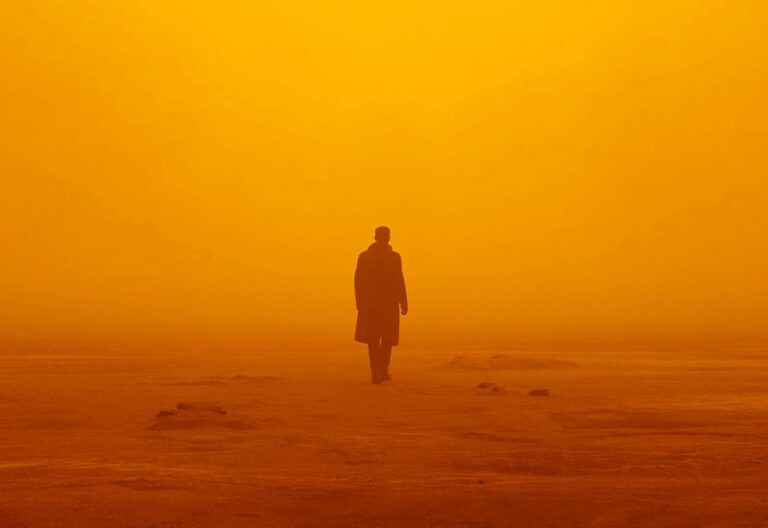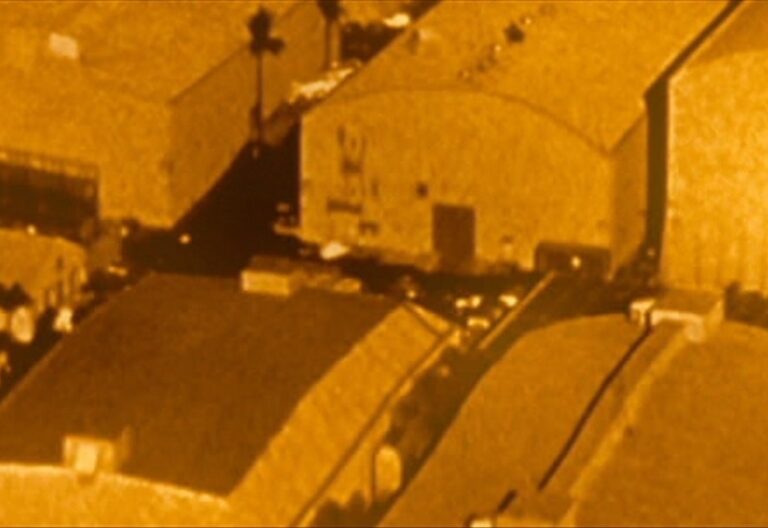the concept of mise en scene
Mise en scène is a French term that means “placing on stage” and encompasses all the visual elements within a frame that contribute to the overall look and feel of a film. Originating from theater, it has evolved significantly in the context of cinema, becoming a crucial aspect of visual storytelling.
Published by: CinemaWaves Team | Filed Under: Film Blog
History and Development
The origins of mise en scène can be traced to theatrical traditions, where the arrangement of actors, props, and scenery was essential in conveying the narrative. In early cinema, directors began to experiment with these elements to create visual interest and enhance storytelling. Georges Melies, one of the pioneers of early filmmaking, used elaborate sets and visual effects to immerse the viewers, setting the stage for the creative possibilities of mise en scène.
The German Expressionist movement of the 1920s further expanded the concept, using exaggerated set designs, dramatic lighting, and stylized performances to externalize characters’ emotions. Films like “The Cabinet of Dr. Caligari” (1920) and “Nosferatu” (1922) are today famous for distorted perspectives and high-contrast lighting, creating an unsettling atmosphere, and reflecting the psychological state of the characters in the chaotic post-World War I environment.
During the Golden Age of Hollywood (1930s-1950s), the studio system facilitated control over film production, emphasizing seamless storytelling and clarity, while utilizing mise en scène to support the narrative. However, genres like film noir broke from this norm, using low-key lighting, urban settings, and complex compositions to evoke a sense of moral ambiguity and existential dread, as seen in films like “Double Indemnity” (1944) and “The Maltese Falcon” (1941).
The rise of auteur theory in the 1960s marked a shift in the perception of filmmakers as artists with a unique vision. Directors like Stanley Kubrick and Martin Scorsese began to use mise en scène to explore deeper thematics and character psychology. Kubrick’s “2001: A Space Odyssey” (1968) is notable for its precise compositions and use of color, while Scorsese’s “Taxi Driver” (1976) showed the gritty urban landscape and expressive lighting to mirror the protagonist’s mental deterioration.


Key Elements of Mise en Scène
Setting and set design: The environment in which the action takes place, including both natural and constructed locations. The set design encompasses the décor, furniture, and props that populate the space, all of which contribute to the film’s world-building and can provide important contextual information about the story and characters.
Lighting: The use of light and shadow to create mood, guide the viewer’s focus, and enhance the atmosphere. Different lighting techniques, such as high-key (bright and even) and low-key (dark and shadowy), can be used to evoke different emotions and highlight various aspects of the narrative.
Costume and makeup: Costumes can indicate a character’s social status, personality, and evolution throughout the story. Makeup, including prosthetics and special effects, can alter an actor’s appearance to fit a character’s role or create “creatures.”
Actors and blocking: The placement and movement of actors within the frame. Blocking refers to the staging of actors in relation to the camera, other characters, and the set. It can reveal character relationships and power dynamics.
Composition and framing: The arrangement of visual elements within the frame, including camera angles, shot sizes, and the use of space. Composition can create balance or tension, guide the viewer’s eye, and emphasize certain aspects of the scene. Framing choices, such as close-ups or wide shots, also contribute to the viewer’s understanding of the story and characters.

Notable Examples of
Mise en Scène
“Citizen Kane” (1941): Orson Welles’ masterpiece is renowned for its innovative use of deep focus cinematography, allowing all elements within the frame to be in sharp focus. The film’s elaborate sets, dramatic lighting, and carefully composed shots create a rich visual narrative that complements its exploration of power and memory.
“Metropolis” (1927): Fritz Lang’s sci-fi epic features monumental set designs and groundbreaking special effects. The film’s mise en scene, including its depiction of a futuristic dystopia, reflects the anxieties of the industrial age, while creating a tension between technology and humanity.
“The Shining” (1980): Stanley Kubrick’s horror film utilizes the Overlook Hotel’s labyrinthine layout, unsettling symmetry, and eerie lighting to create a pervasive sense of dread. The mise en scene plays a crucial role in conveying the psychological horror and supernatural elements of the story.
“In the Mood for Love” (2000): Directed by Wong Kar-wai, this film is known for its lush visual style, including its use of color, costumes, and intimate framing. It successfully captures the unspoken emotions and restrained passion between the characters.
Importance of Mise en Scène
Mise en scène is a fundamental aspect of filmmaking that shapes the viewer’s experience and interpretation of a film. It allows filmmakers to convey information and emotions visually, often without dialogue. The arrangement of elements within the frame can reveal character traits, foreshadow events, and underscore themes, contributing significantly to visual storytelling.
It can incorporate symbolism and metaphor as well, where objects, colors, and compositions within a scene carry deeper meanings. For instance, mirrors might symbolize duality, while a decaying environment could represent moral decay.
This creative approach helps directors express their unique vision, giving their films a distinct look and feel, making mise en scène an essential part of cinema.
Refer to the main page for more educational insights on filmmaking and cinema history.
Cinematography is the art and craft of capturing visual images for film or digital media. It involves the use of cameras, lighting, composition, and movement to tell…
German Expressionism stands out as one of the most distinctive styles in the era of silent film. Expressionism, as an artistic movement, originally emerged in poetry…
The studio system was a dominant force in Hollywood from the 1920s to the 1950s. It was characterized by a few major studios controlling all aspects of film production…
Postmodernist film emerged in the latter half of the 20th century, rooted in the broader cultural and philosophical movement of postmodernism. It started as a reaction…
Arthouse film refers to a category of cinema known for its artistic and experimental nature, usually produced outside the major film studio system. These films prioritize artistic…
Film theory is the academic discipline that explores the nature, essence, and impact of cinema, questioning their narrative structures, cultural contexts, and psychological…






